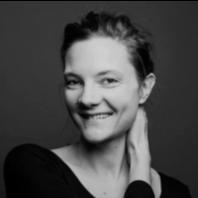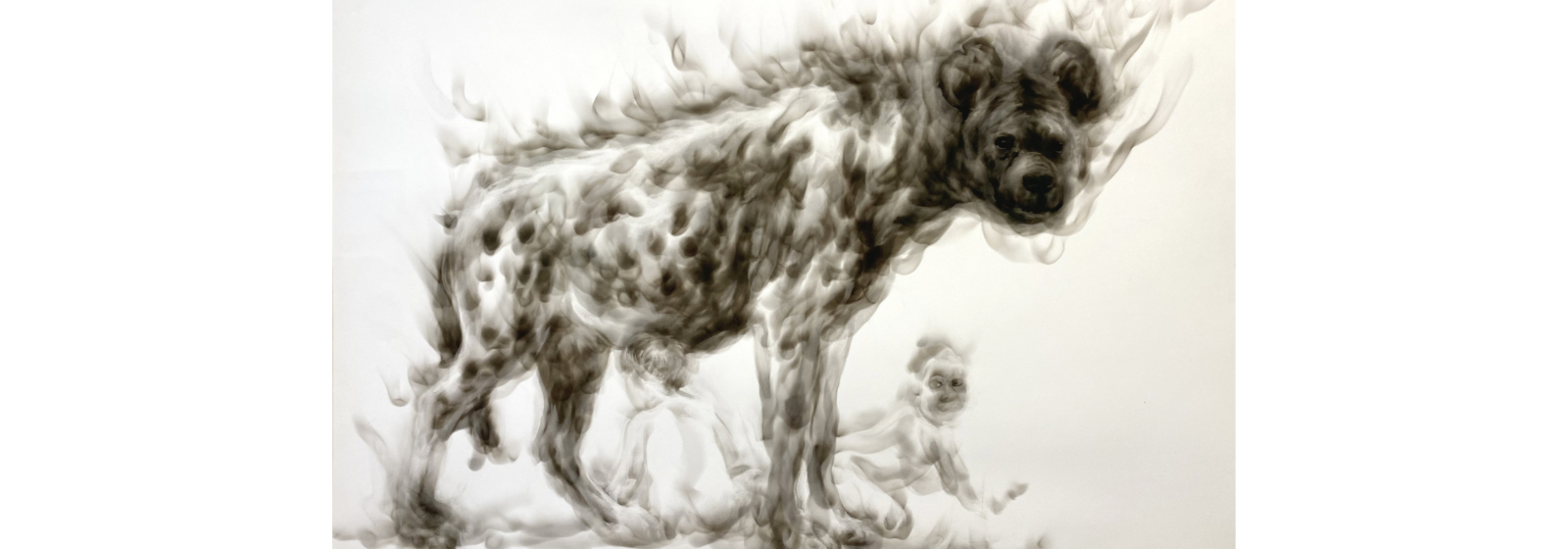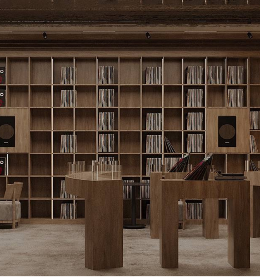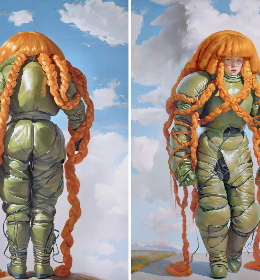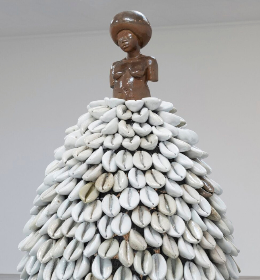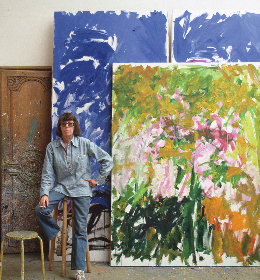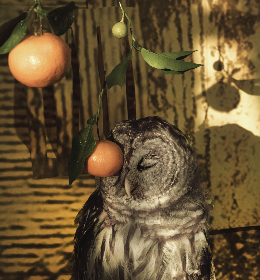Talented draughtswoman and engraver, Diane Victor splits her time between her studio at the August House in Johannesburg and Le Grand Village studio, in France, where she works on lithography. Born and raised under Apartheid, she continues to be deeply influenced by the social and racial inequalities, which are reflected in her work, where humans are depicted grappling with their demons.

Diane Victor, The Guide, 2024.
After graduating in engraving and drawing from the University of the Witwatersrand in 1986, Victor travelled to Paris for the first time in 1988 for a residency at the Cité des Arts, where she created large-scale drawings. Since 2012, she has been represented by Goodman Gallery (Johannesburg, Cape Town), and in 2015, she was one of the artists invited to represent the South African pavilion at the Venice Biennale's What Remains is Tomorrow.

Diane Victor, Jumping the Shadow (detail), 2017.
Working with charcoal, soot, ash, and fire, Victor revisits the great myths and stories that have shaped cultures and imaginations, particularly Ovid's Metamorphoses, a long poem recounting the transformations of gods and men since the primordial chaos of humanity. Central to her exploration is the concept of therianthropy, a key theme in Ovid’s work, the Greek therion (wild animal), referring to the transformation of a human or a god into a wild animal: wolf, hyena, goat, pig, etc. Victor’s soot portraits on paper depict the voyeur hunter Actaeon, who, after seeing Artemis (Diana to the Romans) naked, is transformed into a stag and devoured by his dogs (Actaeon, 2024); Pasiphae, who, following her an unnatural desire for a white bull, gives birth to the Minotaur (The Passion of Pasiphae, 2024); and in Family Matters (2024), the nurturing she-wolf of Remus and Romulus, the founding twins of Rome, one of whom will commit fratricide, forever staining his legacy.

Zoanthropy (a pathology where one identifies with an animal), a related theme, is also at the heart of the artist's research, as seen in Stripping the Dog (2024) and The Guide (2024).
By exploring the theme of the transformation from human to an animal or half-wild hybrid, the artist emphasises the inseparable animalistic aspect of humanity, caught between reason and passion, brutality and gentleness, violence and peace. Her drawings capture the moment when the creature grapples with its opposing forces.

Diane Victor, Therianthropes, 2024.
The artist’s choice of fire remnants (soot, ash, charcoal) as a medium – fire which was Titan Prometheus’ attribute, stealing it from the gods of Olympus and giving it to mankind (an act that would be fatal to him) – is not without meaning. The use of such raw materials, requiring absolute mastery of the line, results in works that are both powerful and precise. The aquatint and etching techniques that the artist practises at the Grand Village studio form the foundation for her ash drawings.

Through this medium, with which she exposes human perversities and failings under the auspices of hybrid creatures, the artist denounces the persistent inequalities between men and women, different social classes, and between black and white people. South Africa, which only ended Apartheid in 1994, still faces many injustices and inequalities among its people. Violence, poverty, racism, and difficulties in accessing healthcare, continue to plague a society that remains fragmented.
The artist’s critique of social inequalities is central to her work. In her soot portraits (Smoke Heads series, 2004), she highlights the fragile and fleeting life expectancy of HIV-positive individuals who are left behind.
As part of Paris's Drawing Month, the Larock-Granoff Gallery, which is also participating for the first time in the Salon du Dessin at the Palais Brongniart since its 100th anniversary, invites you to discover Diane Victor's work at the Quai Conti.
Les Métamorphoses, Diane Victor
Until 5 April 2025
Cover image: Romulus et Rémus, 2024.
Photos © Sophie Labruyère



